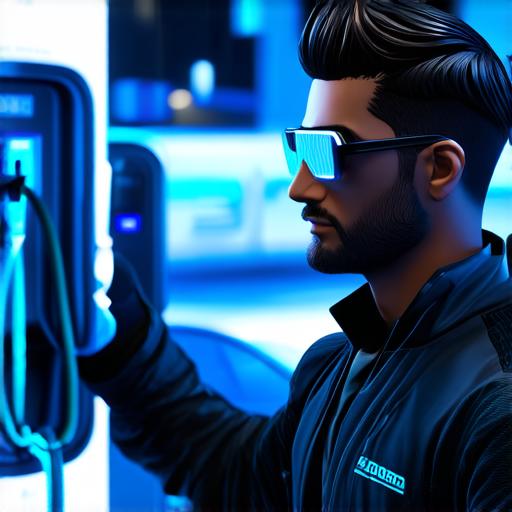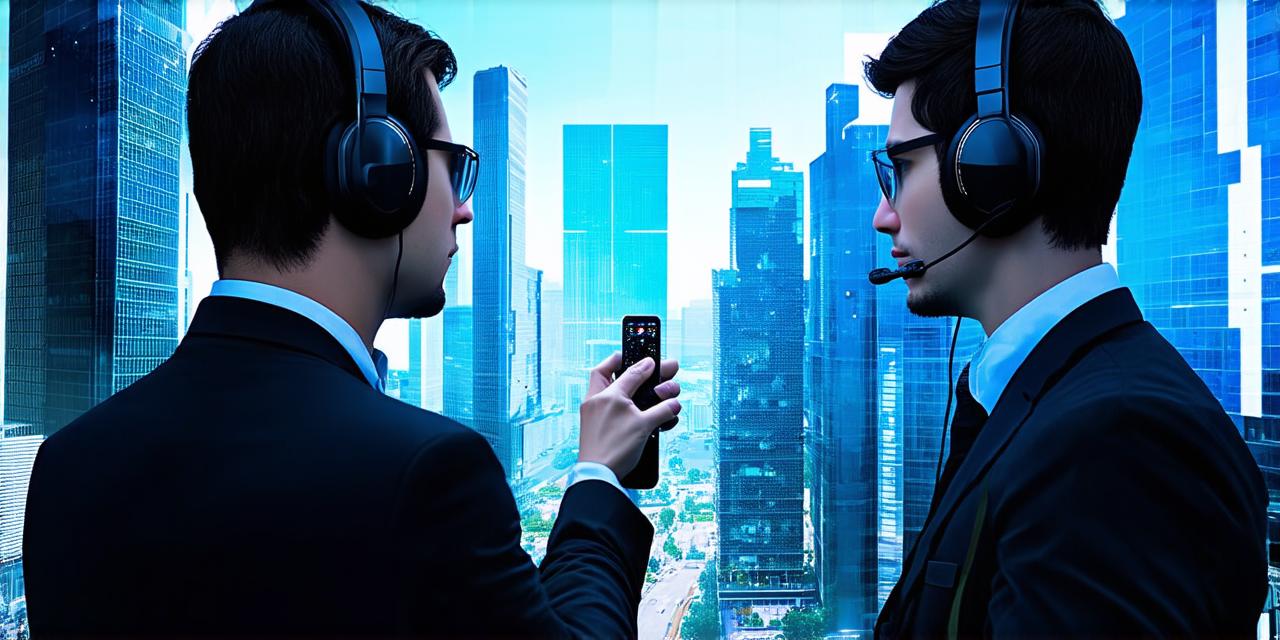Augmented reality (AR) technology is revolutionizing the way we interact with our environment and with each other. In recent years, it has been applied to a wide range of fields, from gaming and entertainment to education and healthcare. But what about smart cities? AR technology has the potential to transform urban living in ways that we can only begin to imagine.
Introduction:

Augmented reality (AR) technology is revolutionizing the way we interact with our environment and with each other. In recent years, it has been applied to a wide range of fields, from gaming and entertainment to education and healthcare. But what about smart cities? AR technology has the potential to transform urban living in ways that we can only begin to imagine.
AR in Smart City Development:
Augmented reality technology can be defined as a type of computer-generated imagery that overlays digital information onto the real world. This technology has already been used in various fields such as education, entertainment, and healthcare. However, its potential to revolutionize smart city development cannot be overstated.
One way that AR technology can be utilized in smart cities is through traffic management. By using AR, drivers can receive real-time information about traffic conditions and road closures, allowing them to plan their routes accordingly. This can help reduce congestion and improve the flow of traffic throughout the city.
Another way that AR technology can be used in smart cities is through public safety. By overlaying digital information onto the real world, AR can help emergency responders locate victims and navigate their way to the scene more efficiently.
AR can also be used to enhance public engagement and create more interactive urban spaces. By overlaying digital information onto the real world, AR can bring history, art, and other forms of culture to life in a way that is both immersive and engaging.
Case Studies:
There are many examples of how AR technology is being used in smart city development. One such example is the city of Singapore, which has been using AR to help pedestrians navigate the city more easily. The “Smart Nation” initiative launched by the Singaporean government includes an AR app called “Go-Ahead SG” that provides real-time information about public transportation and other key locations in the city.
Another example is the city of Barcelona, which has been using AR to enhance public engagement and create more interactive urban spaces. The “Barcelona City Walk” project uses AR to bring history and culture to life by overlaying digital information onto the real world. Visitors can use their smartphones to explore the city’s hidden architecture, learn about its history, and even interact with famous works of art.
Personal Experiences:
As an augmented reality developer, I have had the opportunity to work on several projects that have shown me firsthand how this technology can be utilized in smart city development. One project that I worked on involved using AR to enhance public safety by overlaying digital information onto the real world. This allowed emergency responders to locate victims and navigate their way to the scene more efficiently.
Another project involved using AR to create an interactive museum exhibit. The exhibit used AR to bring history to life, allowing visitors to explore ancient ruins and other historical sites in a way that was both immersive and engaging.
